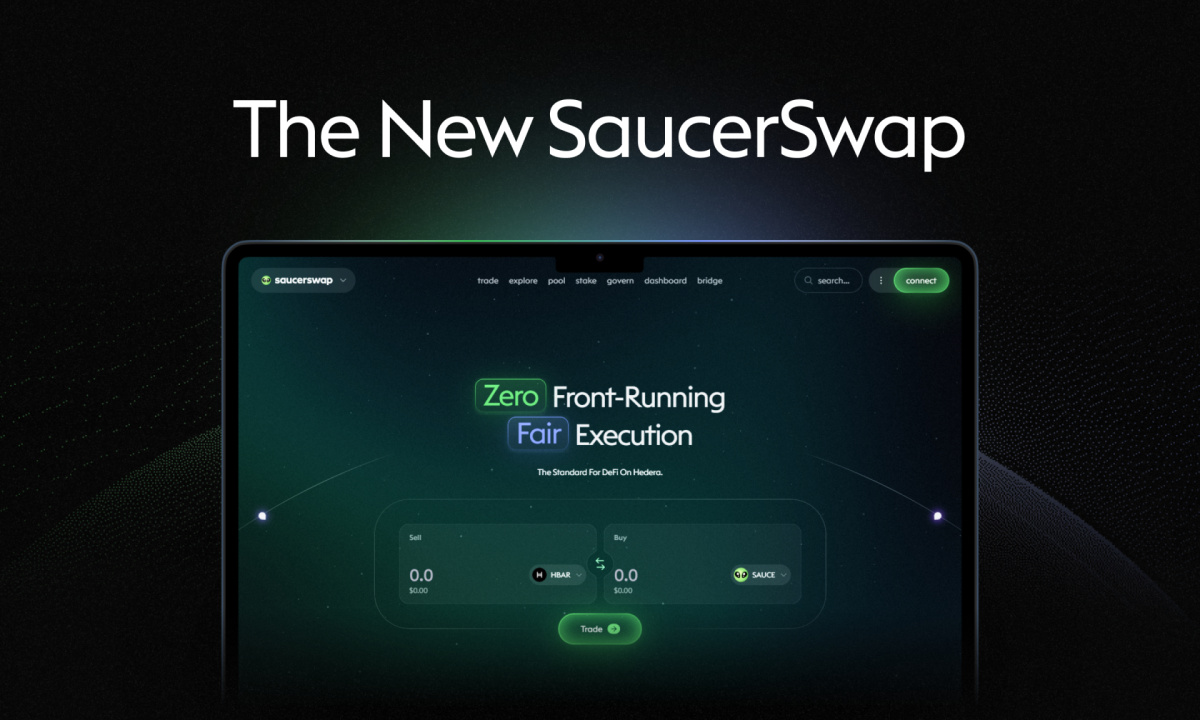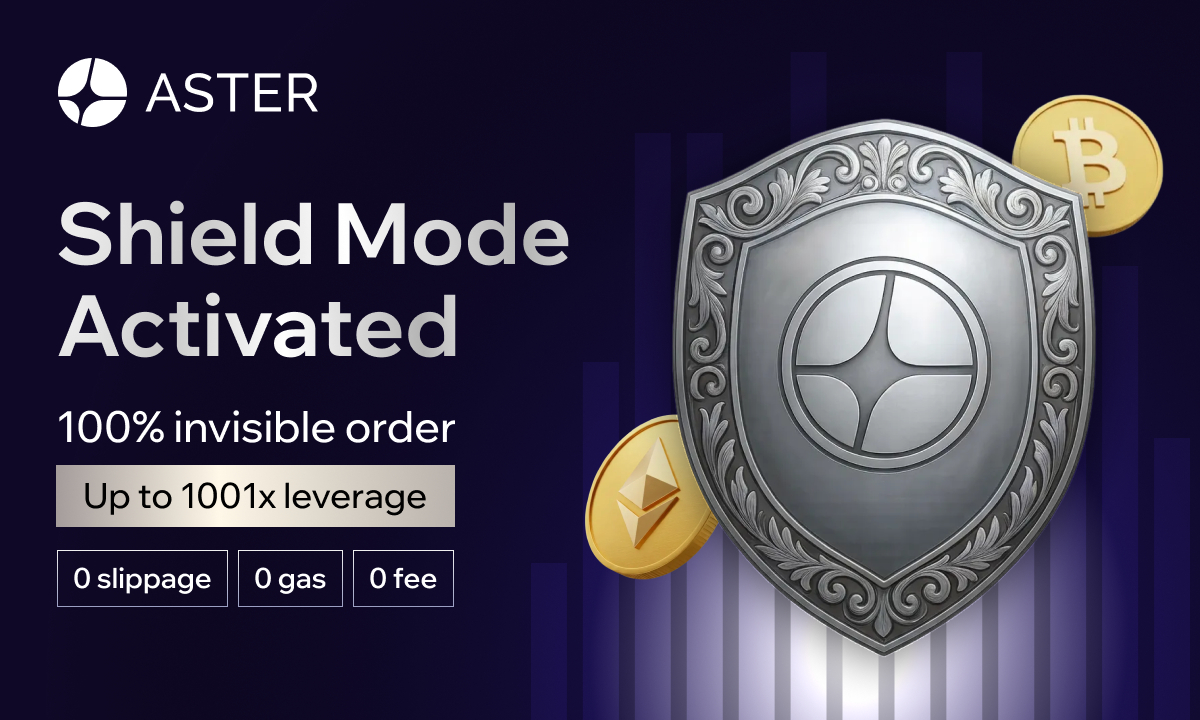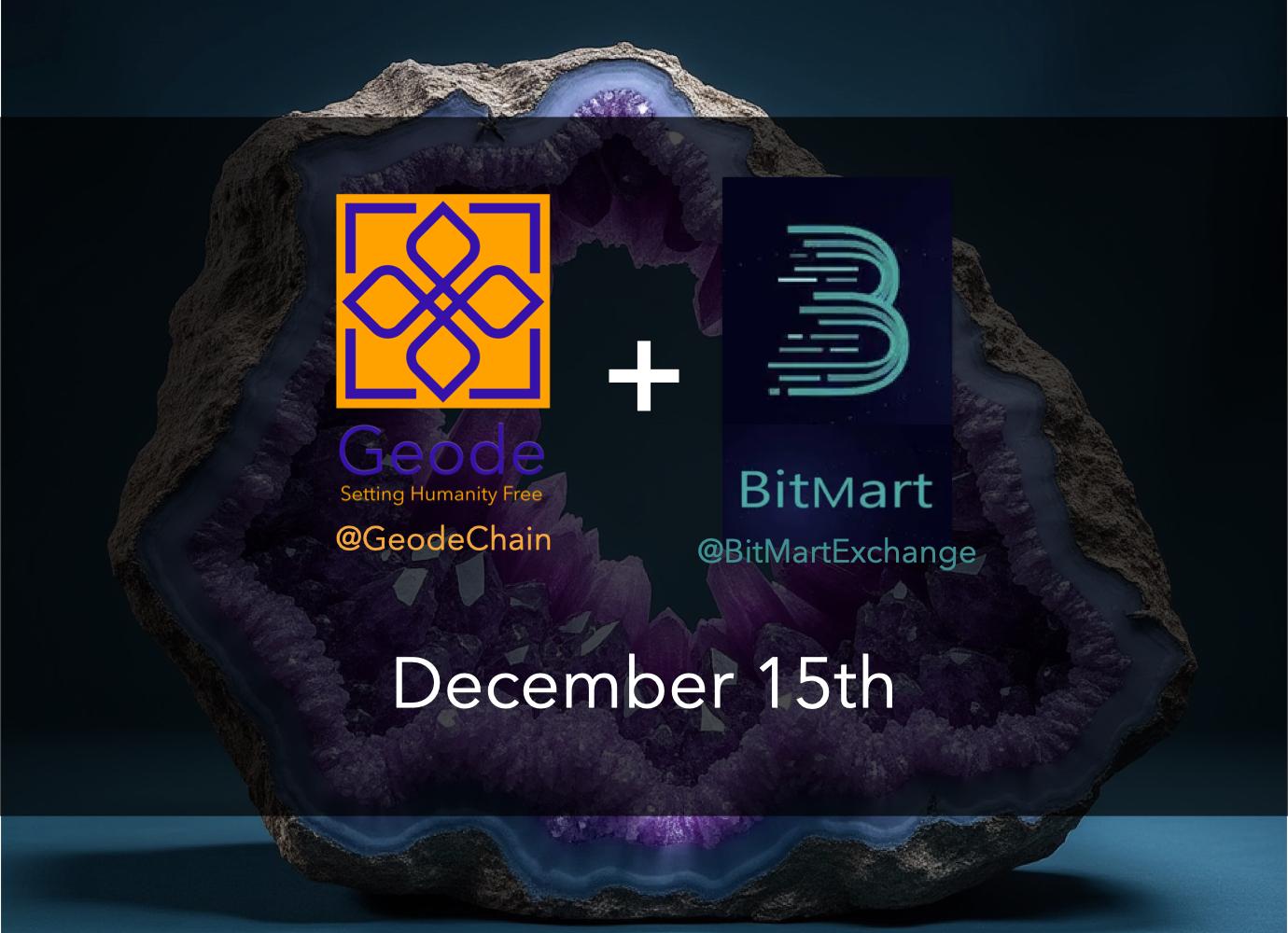Key Insights
- Torano, a service inspired by Bitcoin ordinals, almost crashed TON.
- The TON blockchain was able to process only 1 transaction per second compared to 100,000 transactions per second.
- Torano was forced to pause minting, and some popular TON wallet services had to shut down.
- Are Bitcoin ordinals and others like it a new plague? The developer community seems divided.
Just last week, ORDI crashed slightly in price, after Luke Dashjr, a Bitcoin core developer revealed that ordinals and blockchain “inscriptions†only exist because the Bitcoin network has a bug.
This developer revealed that the Bitcoin network was slowly being clogged up and that the development team would have no choice but to shut down the mechanism behind these inscriptions soon.
In a surprising turn of events, less than a week after this revelation, the TON blockchain almost crashed after a slowdown in transaction processing this week.
The reason?
A new ordinals-inspired project has just been launched on TON.
Some Background Information On TON
Torano was recently launched on TON.
Torano, it happens, is a service that allows users to create inscriptions according to the TON20 token standard.
Torano is not only inspired by it, but it is also very similar to Bitcoin inscriptions. The same token standard that has been the source of much controversy in the Bitcoin community.
This service was launched on Monday this week and quickly became popular among
TON users, who started to create and share inscriptions on Telegram and other platforms.
However, just like it happened on Bitcoin, this surge in activity also caused a clog-up on the TON blockchain, which resulted in much, much slower transaction processing.
According to data from dTON (a bot that monitors TON metrics), the speed on the blockchain fell to less than 1 transaction per second on Tuesday this week.
For some context, the TON blockchain was reportedly able to process around 100,000 transactions before this.
At the end of the day, this clog-up was so severe, that by Thursday, over 2.5 million transactions were pending, according to TON.
On the same day, Torano also tweeted that they would be pausing minting temporarily, to fix “user experience†issues.

Tonkeeper and some other popular wallet services for $TON also had to shut down, because of these issues.
What Caused The Congestion?
A technical report posted earlier in the week showed that the problem may have been caused by Torano, but was also made worse by “weak validator nodesâ€
Additionally, some validators were also revealed to have bought hardware that either couldn’t handle heavy loads or were unable to handle load expansions.
As soon as the network began to expand rapidly in so little time, these validators started to fail and drag the rest of the network down with them.
The report states that the issue has been fixed with a patch, and any further delays due to weak validators will be met with heavier penalties.
According to the report, certain validators’ lack of readiness was the root reason for the congestion rather than the TON blockchain’s architecture or the TON20 token standard.
Are Ordinal-Inspired Tokens The New Blockchain Plague?
Luke Dashjr, the developer who called Ordinals a “spam” on the blockchain, caused quite a stir earlier in the week.
Dashjr argues that Ordinals inscriptions and other BRC-20 tokens only exist because they exploit a vulnerability in Bitcoin Core, that allows other kinds of data to be disguised as transactions.
However, while some spectators agreed with Dashjr, others objected, saying that Ordinals and BRC-20 tokens are legitimate and valuable use cases of Bitcoin and that Dashjr has no authority to dictate how Bitcoin should be used.

They argue that as long as there are miners who are willing to include inscriptions in blocks, BRC-200 tokens will never stop.
Are Ordinals a new plague on the blockchain space?
Maybe. However, whether Ordinals are a new plague in the blockchain space or not is a matter of opinion.
Some may see Ordinals as a way to unleash the creative potential of Bitcoin, while others like Dashjr may see Ordinals as a form of spam that clutters Bitcoin with unnecessary data.
In all, Ordinals appear to be here to stay.
Disclaimer: Voice of Crypto aims to deliver accurate and up-to-date information, but it will not be responsible for any missing facts or inaccurate information. Cryptocurrencies are highly volatile financial assets, so research and make your own financial decisions.









